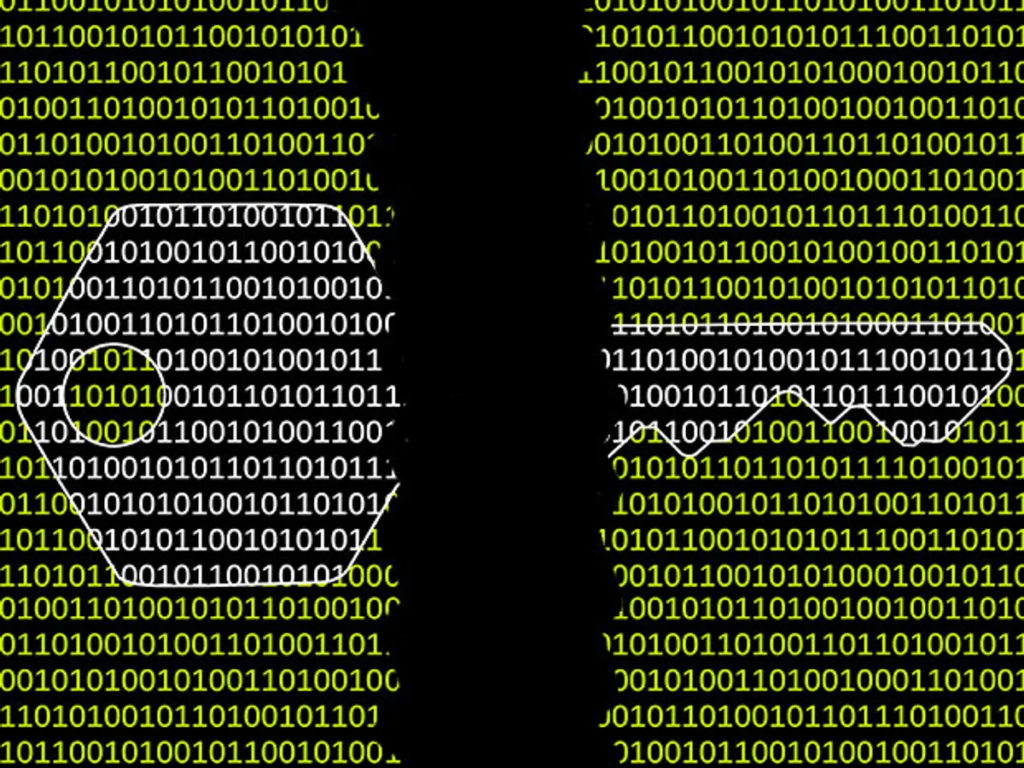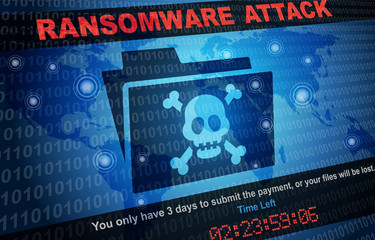Step into the future of cybersecurity with our comprehensive guide on Quantum-Resistant Cryptography. Discover how quantum computing is reshaping encryption as we know it and why transitioning to post-quantum cryptographic algorithms is essential. Explore real-world examples, challenges, and actionable strategies to safeguard your data against the quantum threat. Learn about cutting-edge techniques like lattice-based cryptography and the latest updates from NIST. Don’t just secure your present—future-proof your systems with insights that matter!

Table of Contents
Introduction
In the race to secure digital information, the looming threat of quantum computing poses a serious challenge to existing encryption methods. While quantum computers promise groundbreaking advancements, they also have the power to break widely-used cryptographic algorithms like RSA and ECC (Elliptic Curve Cryptography). This threat has sparked the development of quantum-resistant cryptography, also known as post-quantum cryptography.
This blog dives deep into what quantum-resistant cryptography is, why it matters, and how organizations can prepare for the quantum era with practical examples and insights.
What is Quantum-Resistant Cryptography?
Quantum-resistant cryptography refers to encryption algorithms designed to be secure against both classical and quantum computers. Unlike traditional encryption methods, these algorithms leverage mathematical problems that quantum computers are not expected to solve efficiently.
Examples of Quantum-Resistant Algorithms:
- Lattice-Based Cryptography: Relies on the hardness of lattice problems, such as the Learning with Errors (LWE) problem.
- Hash-Based Cryptography: Builds on the security of hash functions, like those used in blockchain technologies.
- Code-Based Cryptography: Based on problems related to error-correcting codes, such as the McEliece cryptosystem.
- Multivariate Polynomial Cryptography: Uses equations with multiple variables, challenging for quantum solvers.
Why is Quantum-Resistant Cryptography Important?
- Quantum Threat to Current Encryption: Quantum computers use Shor’s algorithm to factorize large numbers exponentially faster, making RSA and ECC vulnerable.
- Data Longevity: Sensitive data encrypted today could be decrypted by quantum computers in the future, jeopardizing privacy and security.
- Compliance and Standards: Regulatory bodies are increasingly advocating for the adoption of quantum-safe encryption to future-proof systems.
Practical Example: Quantum-Resistant Cryptography in Action
Scenario: Securing Financial Transactions
A bank uses RSA for encrypting customer data. With quantum computers on the horizon, the bank transitions to lattice-based cryptography to protect sensitive information. This ensures that customer data remains secure even if a quantum computer becomes operational in the next decade.
Example Workflow
- Replace RSA encryption in communication protocols like TLS with lattice-based alternatives.
- Update digital signatures to quantum-resistant versions, such as those built on hash functions.
- Conduct regular audits to identify and replace legacy systems with quantum-safe cryptography.
Images of Quantum computers :



- Unlocked digital lock. RSA is widely used in a variety of applications, including secure web browsing, email, and online banking
- Quantum computers have the potential to perform certain types of calculations much faster than traditional computers, and it has been suggested that they may be able to break RSA encryption relatively easily
- A blue digital key. RSA (Rivest–Shamir–Adleman) is a widely used public-key cryptography algorithm
- One way that a quantum computer could potentially break RSA is through the use of Shor’s algorithm
- A digital lock. RSA is used for secure communication and is considered to be highly secure
- Another way that a quantum computer could potentially break RSA is through the use of Grover’s algorithm
How to Prepare for the Quantum Era :
- Stay Informed: Follow updates from organizations like NIST (National Institute of Standards and Technology) as they finalize quantum-safe standards.
- Conduct a Cryptographic Inventory: Identify systems relying on vulnerable encryption and create a roadmap for their replacement.
- Adopt Hybrid Solutions: Combine classical and quantum-resistant cryptographic methods to ensure a smooth transition.
- Invest in Workforce Training: Equip your teams with knowledge of post-quantum cryptography to future-proof your organization.

Who is Leading the Quantum-Resistant Movement?
- IBM and Google: Developing quantum-safe cryptography for enterprise applications.
- Microsoft Azure Quantum: Providing quantum-resistant cryptographic services.
- NIST: Standardizing post-quantum cryptography algorithms.
Benefits of Quantum-Resistant Cryptography
- Enhanced Security: Protects against both classical and quantum threats.
- Future-Proofing: Ensures long-term data protection.
- Regulatory Compliance: Meets emerging standards for quantum-safe encryption.
Challenges and Considerations
- Performance Overhead: Quantum-resistant algorithms may require more computational resources.
- Implementation Complexity: Transitioning to quantum-safe systems demands expertise and time.
- Uncertainty of Quantum Timelines: While quantum computers are advancing, their widespread availability remains uncertain.

Conclusion
The advent of quantum computing marks a pivotal moment in the history of cryptography. Quantum-resistant cryptography is not just a theoretical solution but a critical step toward securing the digital future. Organizations must act now to safeguard sensitive data, ensuring that their systems remain resilient in the face of quantum threats.
By adopting quantum-safe algorithms, staying updated with standards, and preparing for a hybrid cryptographic environment, you can future-proof your security infrastructure.
Join the conversation: What steps is your organization taking to prepare for the quantum era? Share your insights in the comments!
Relevant Tags:
#QuantumResistantCryptography #CyberSecurity #QuantumComputing #DataProtection #Encryption #PostQuantumCryptography #DigitalSecurity #FutureOfCybersecurity
Would you like me to generate any visuals or refine this further? 😊
MORE
- Multi-Factor Authentication (MFA): Strengthening Security with Layers of Protection 14
- Zed Attack Proxy (ZAP): A Hacker’s Best Friend 13
- What is an IDOR Attack? A Beginner’s Guide to Insecure Direct Object References 12
- VAPT Demystified: A Complete Guide to Vulnerability Assessment & Penetration Testing 10
- Hackers Playbook: 15 Common Cyber attack Techniques
- 9 Career Job in Cybersecurity : A Comprehensive Guide
- How to Spot a Phishing Email : Prevent With Detailed Analysis 06
- Top 10 Cybersecurity Myths Debunked – Protect Yourself Online
- Phases of Hacking
- Mastering DVWA: Complete Guide to the Damn Vulnerable Web App for Ethical Hacking
- Web Application Penetration Testing (WAPT)
- Can you hack your wifi ?




